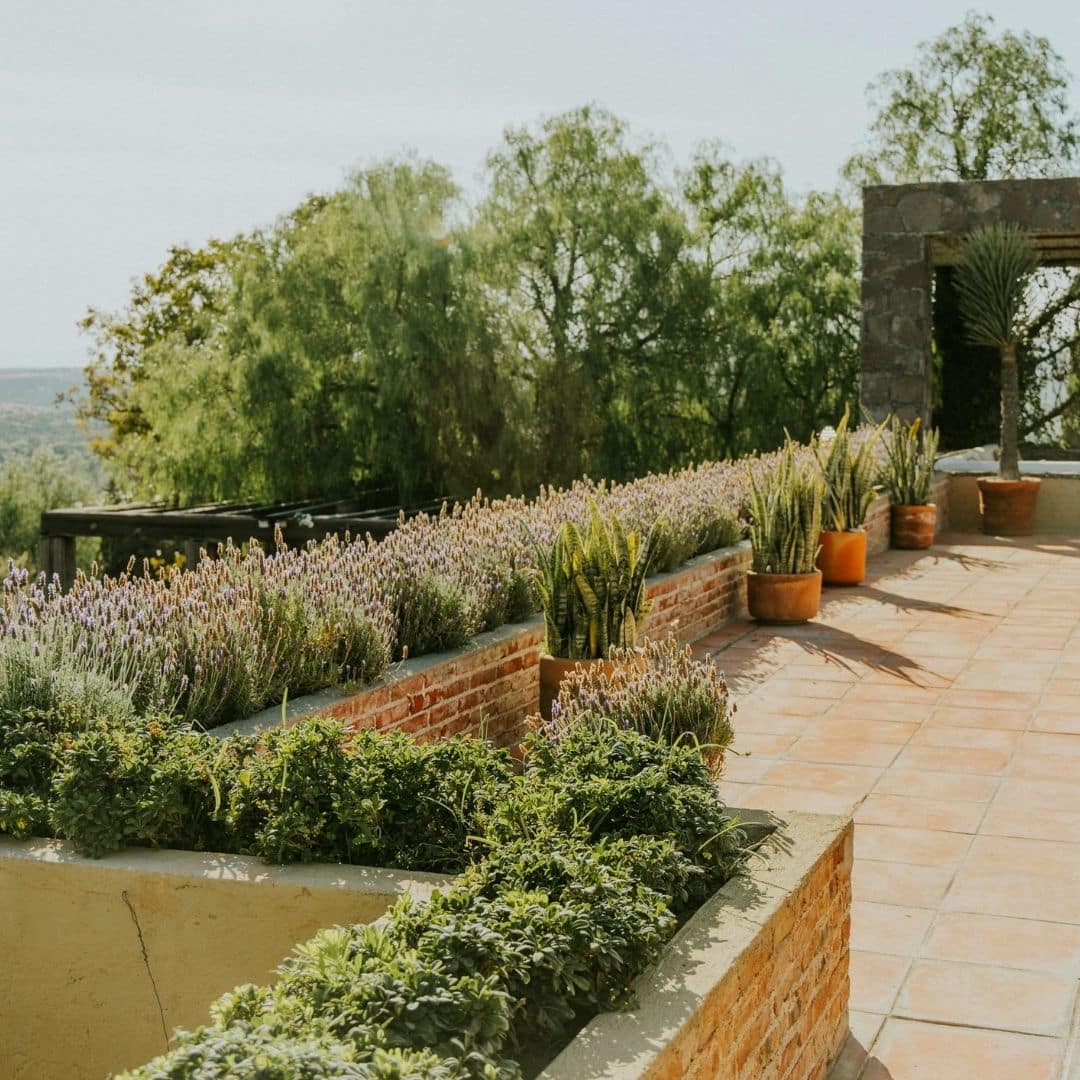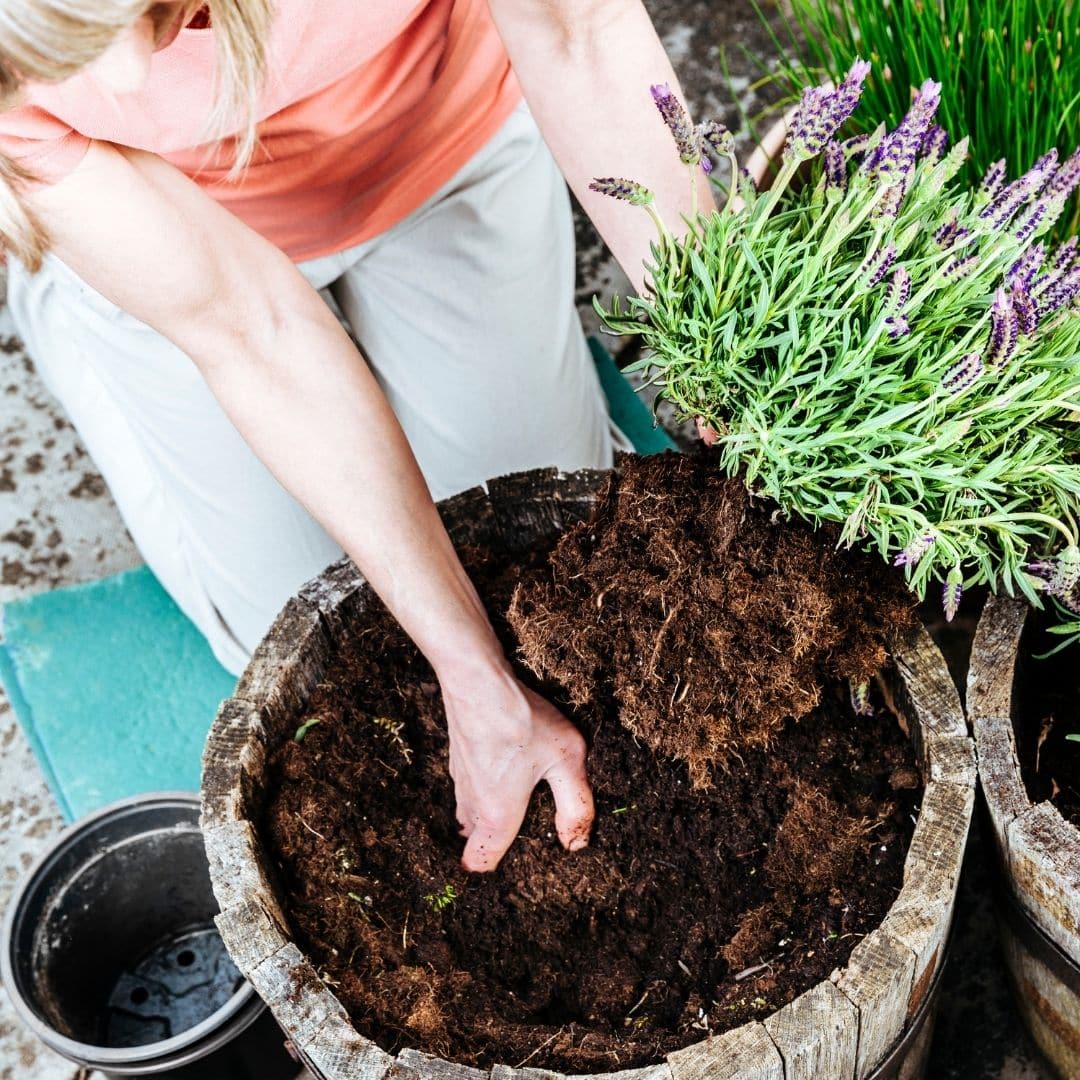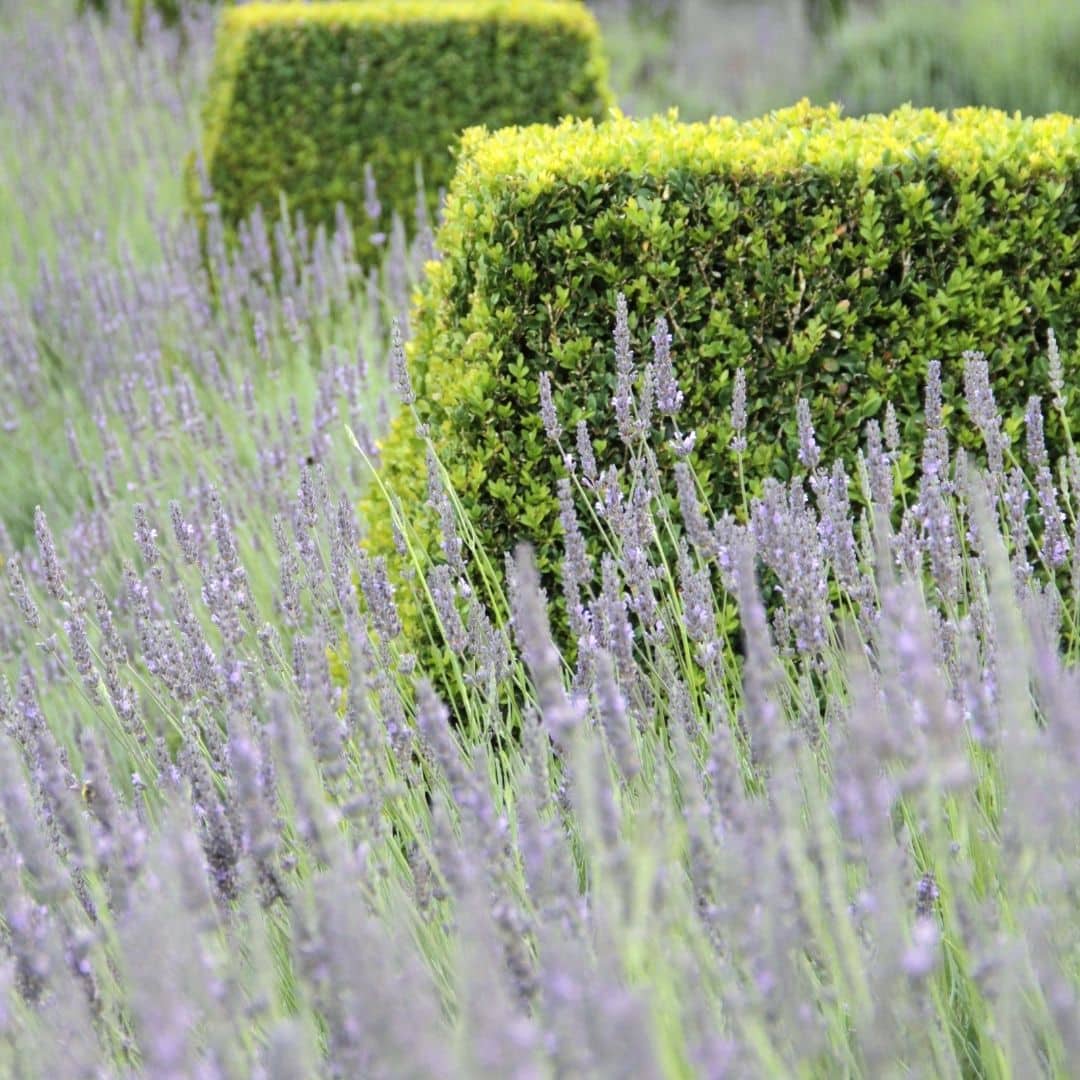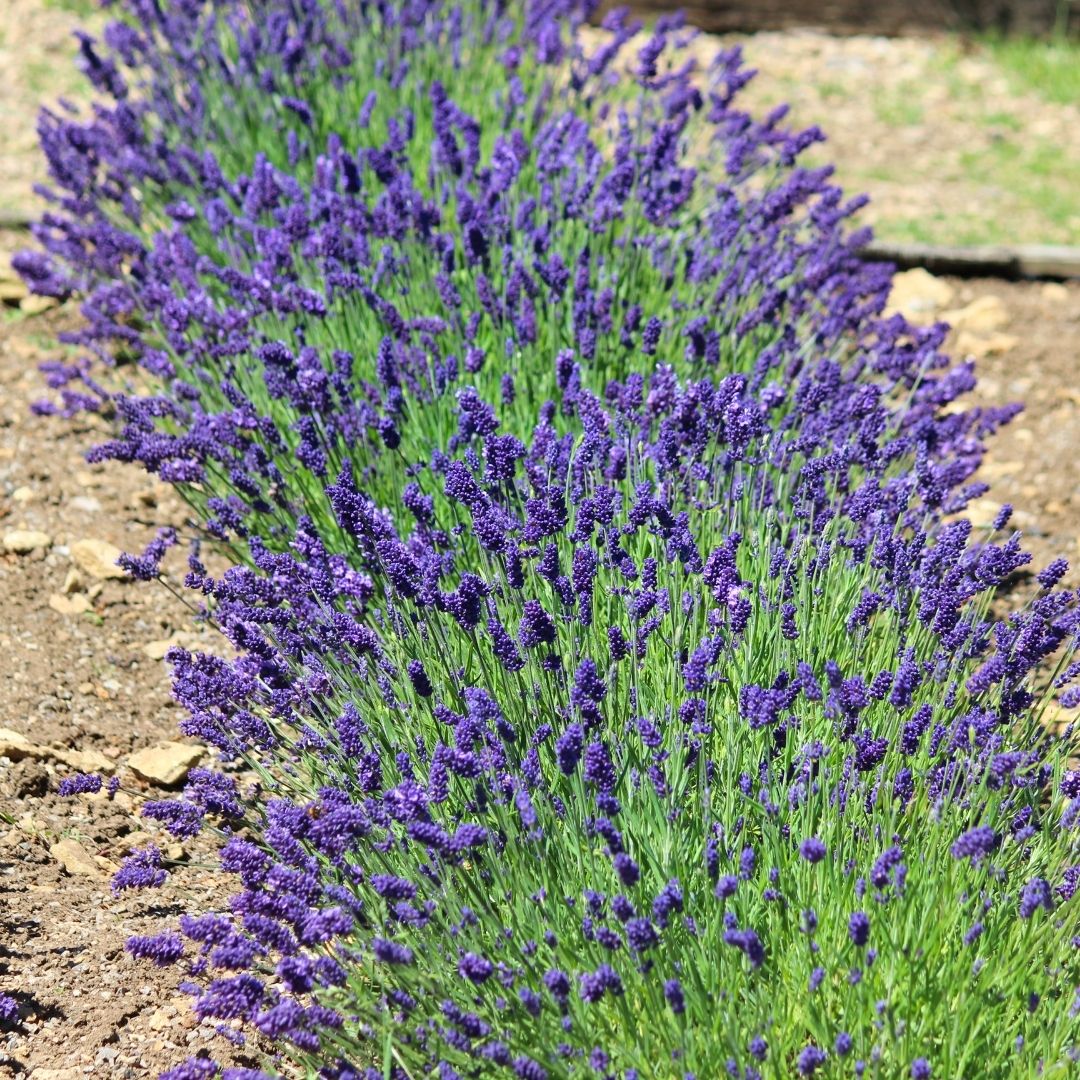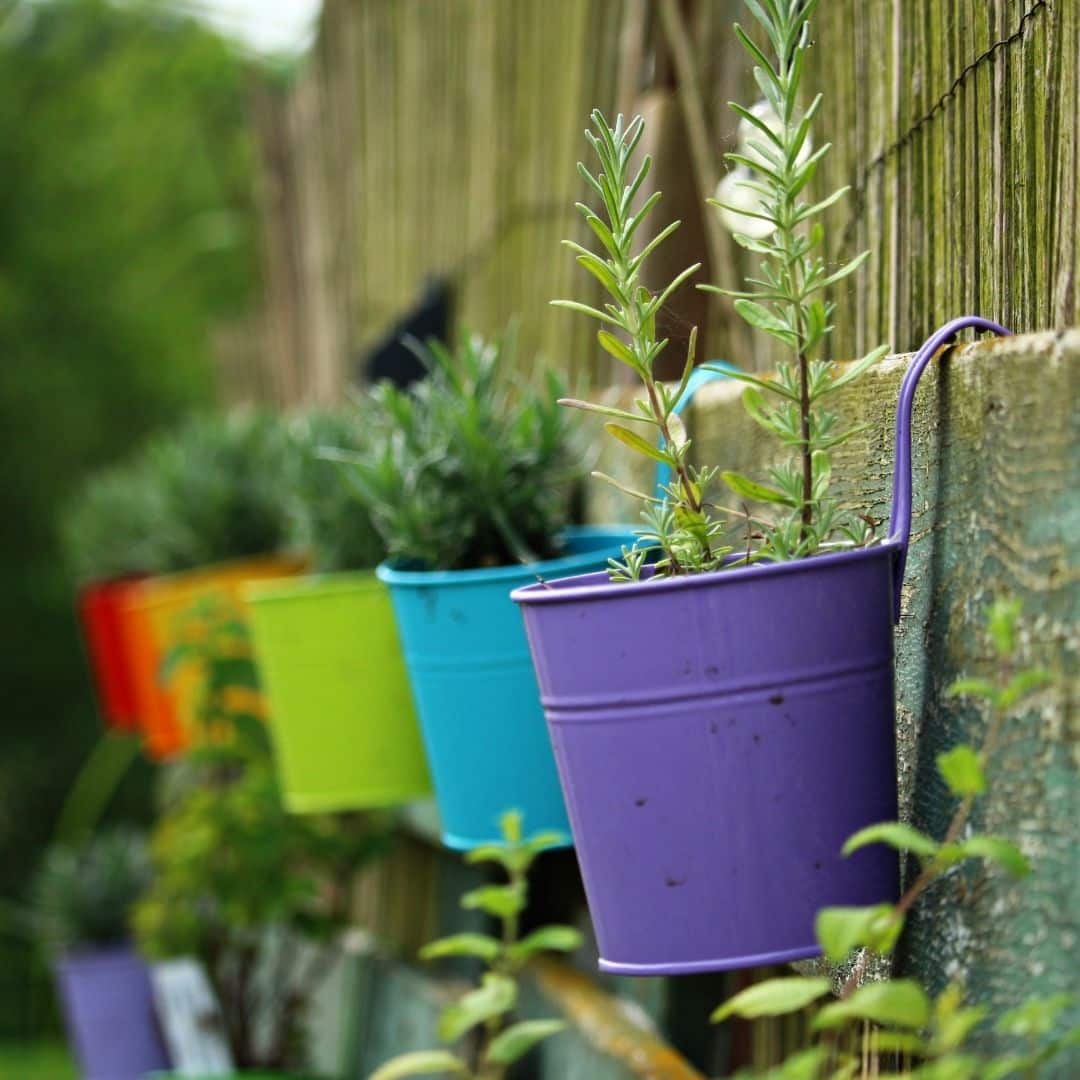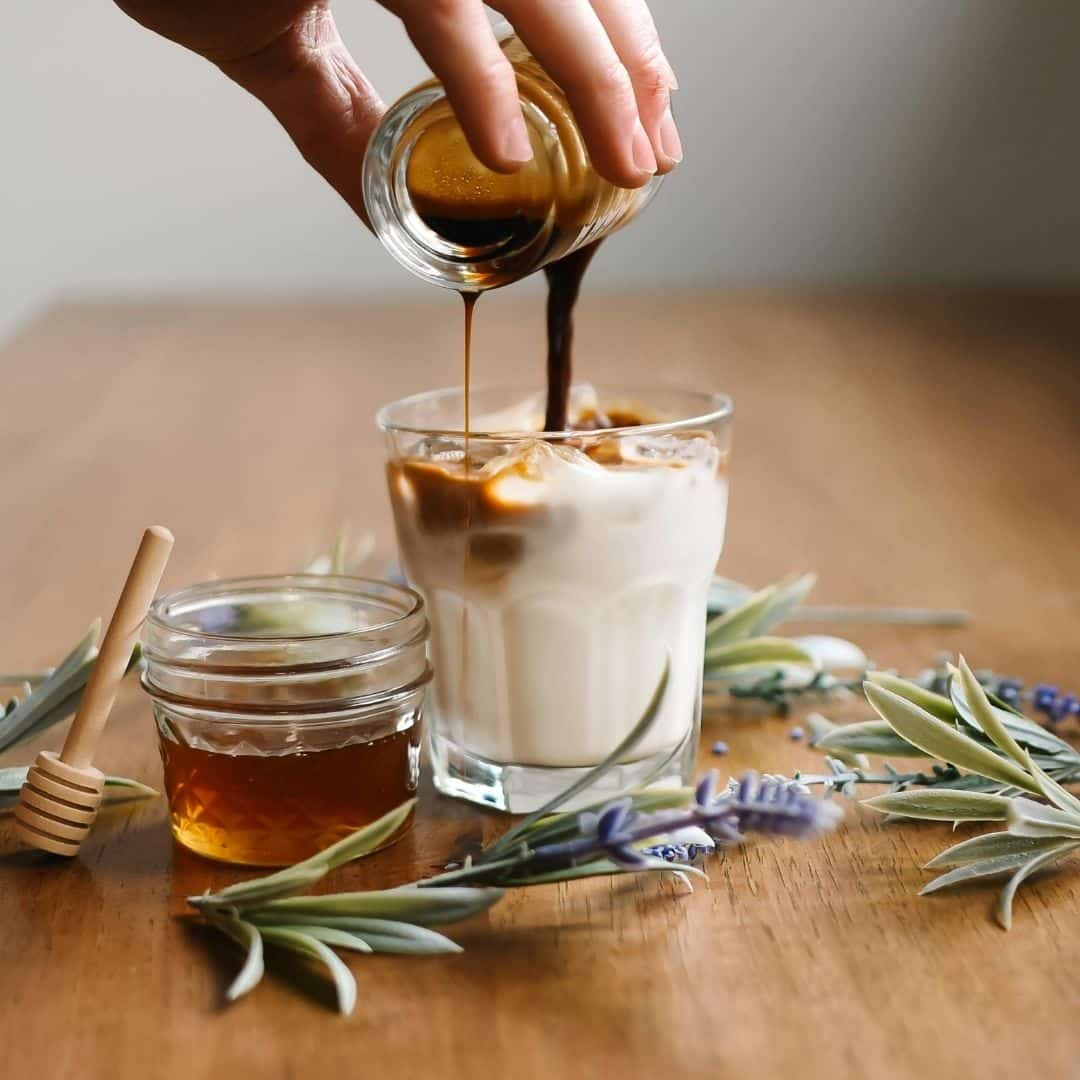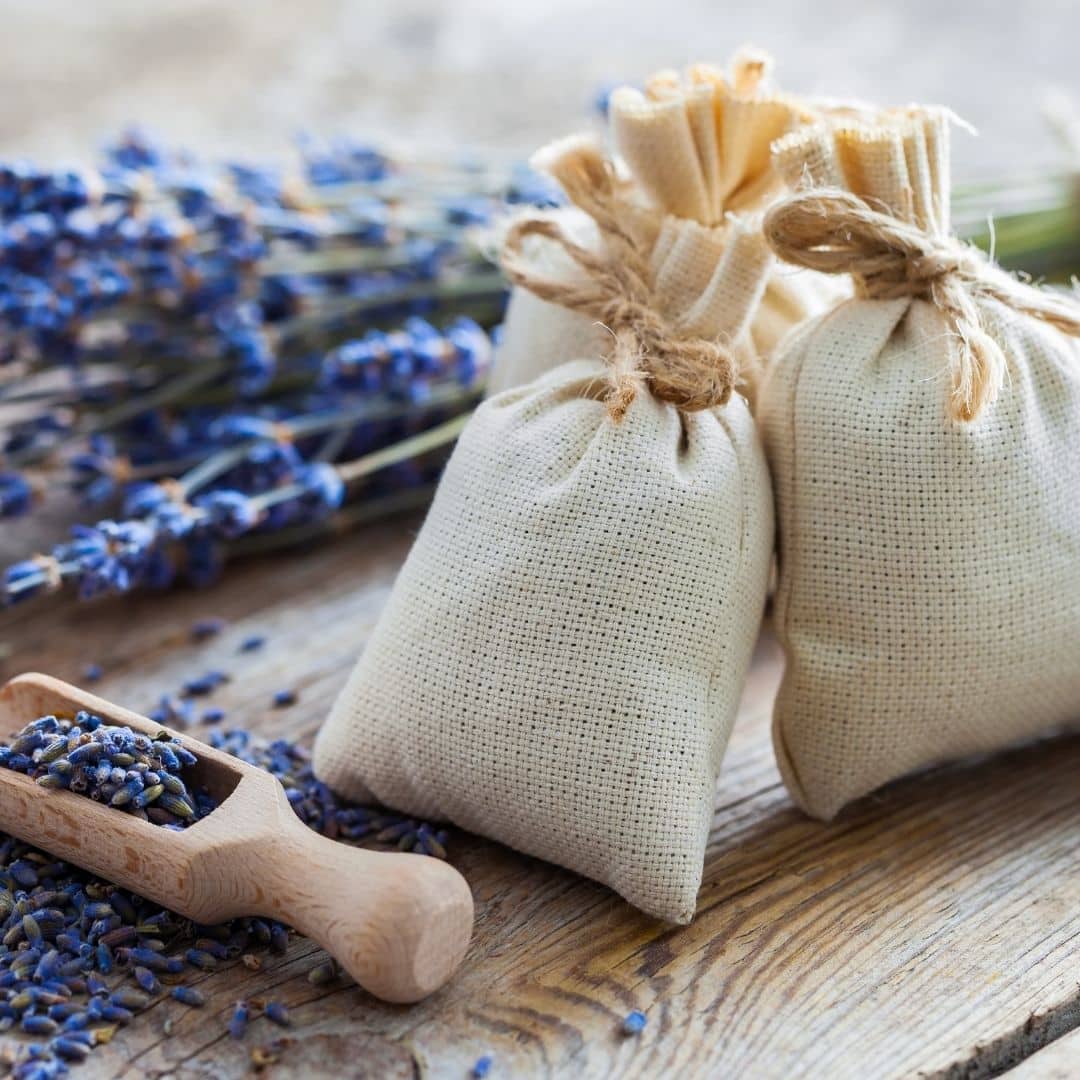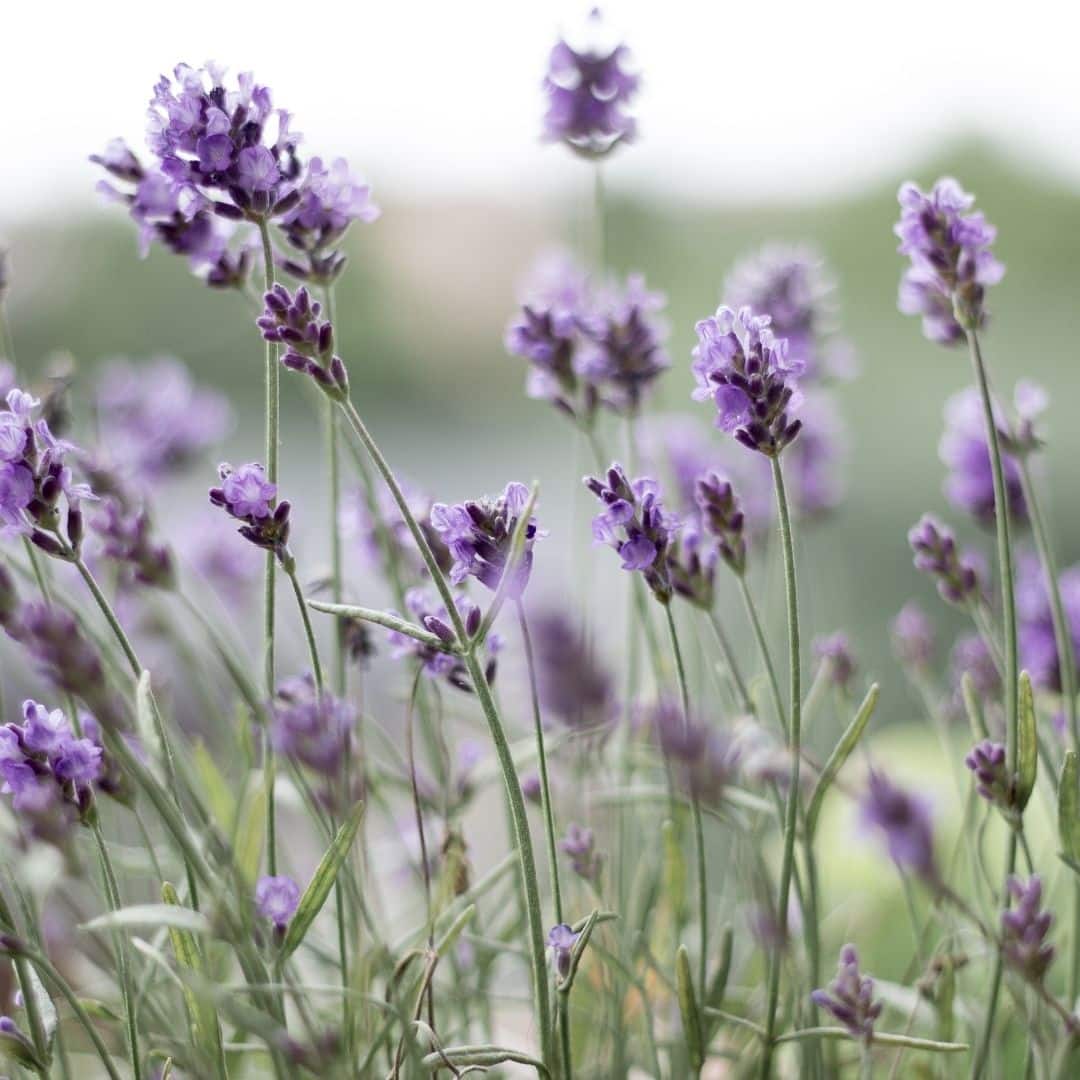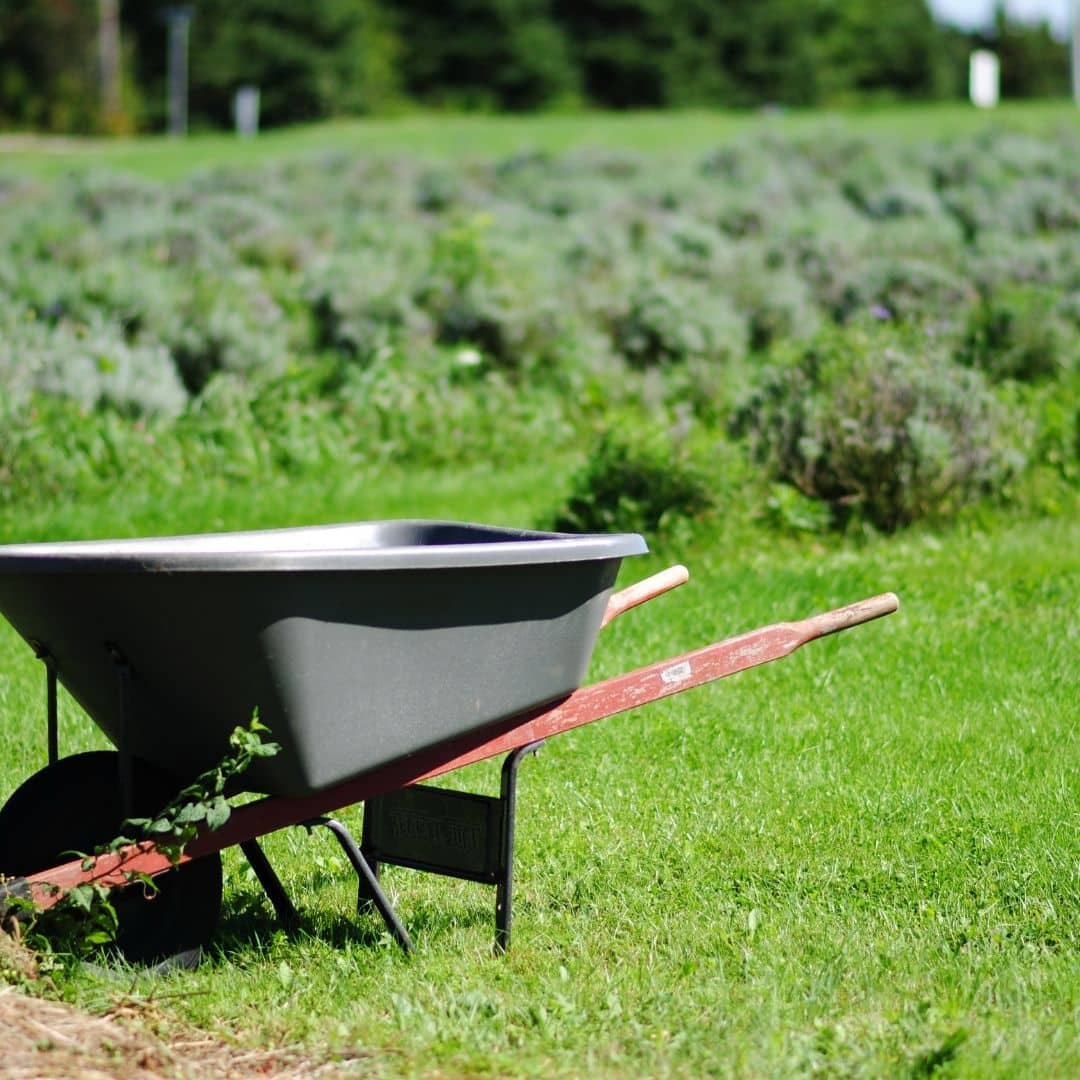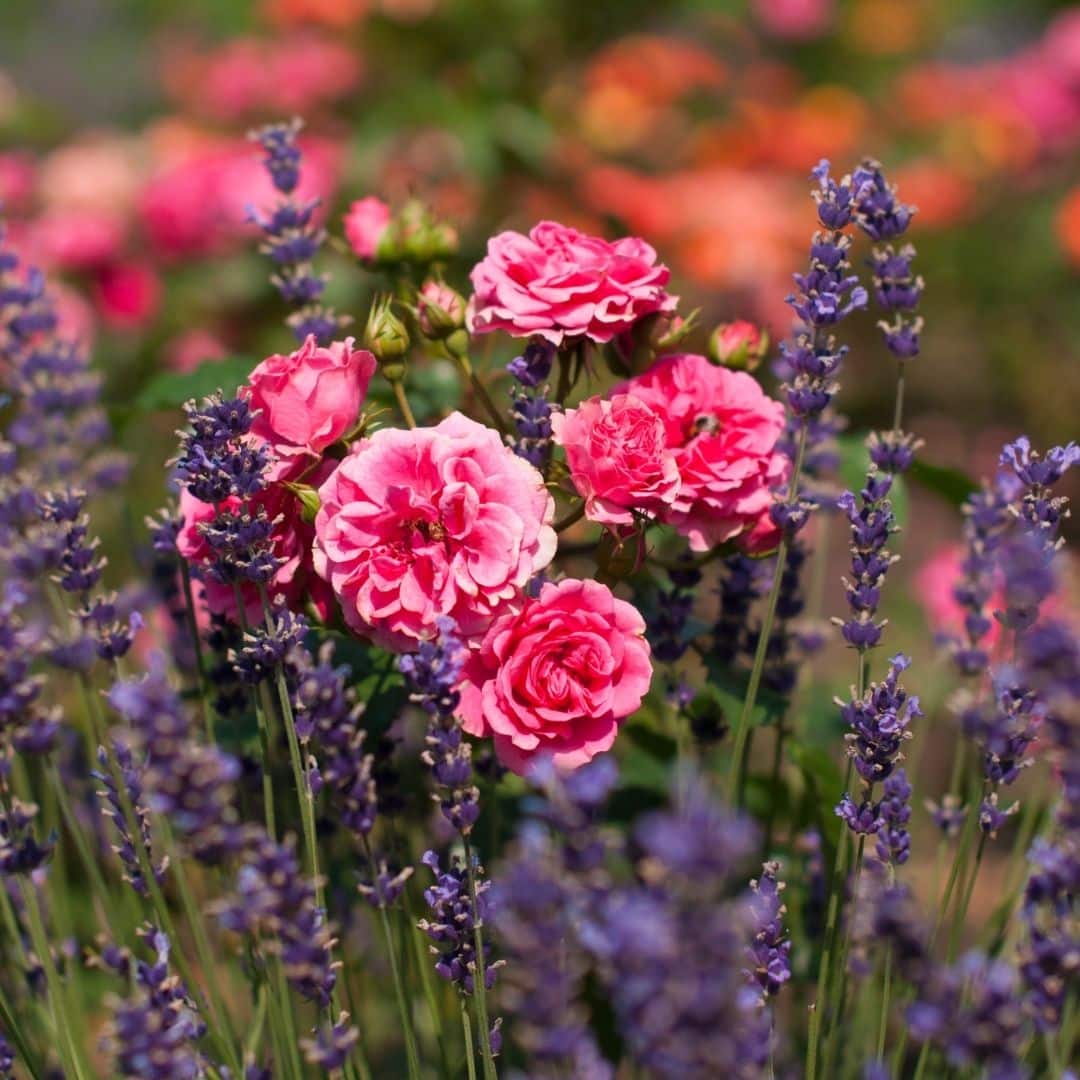Imagine stepping into your garden on a sunny afternoon, greeted by waves of soft purple blooms and the sweet, relaxing scent of lavender.
Lavender hedges aren’t just beautiful—they transform your garden into a fragrant paradise.
But beauty and fragrance are just the beginning. Let’s dive into why lavender deserves a place in every garden.
Lavender Smells Incredible
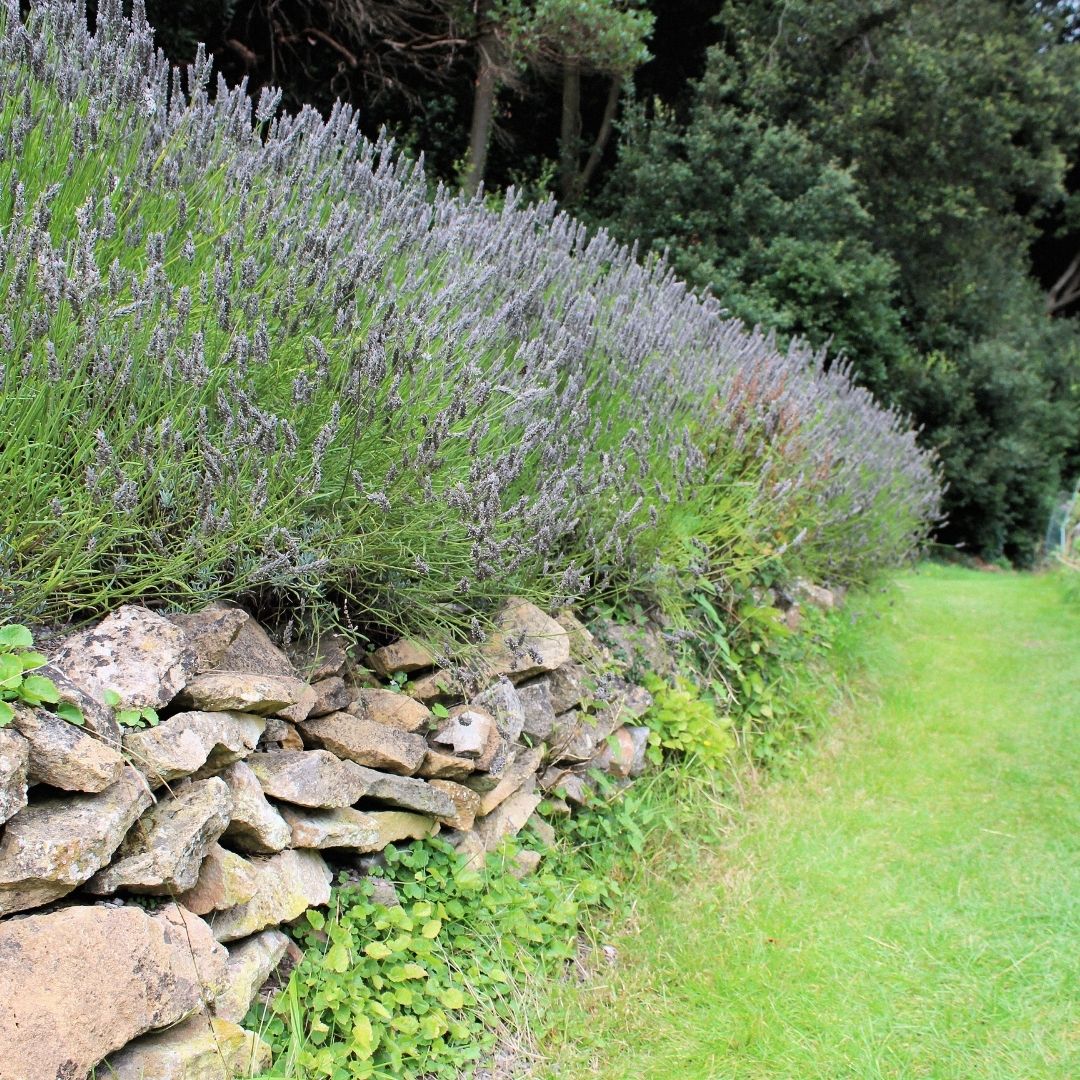
Let’s start with the obvious: lavender smells amazing. Its iconic fragrance isn’t just pleasant; it’s soothing, relaxing, and has therapeutic benefits.
Lavender has long been used in aromatherapy to reduce stress, anxiety, and even improve sleep.
Every breeze passing through a lavender hedge delivers a natural dose of calming aromatherapy right in your backyard.
Attracts Pollinators
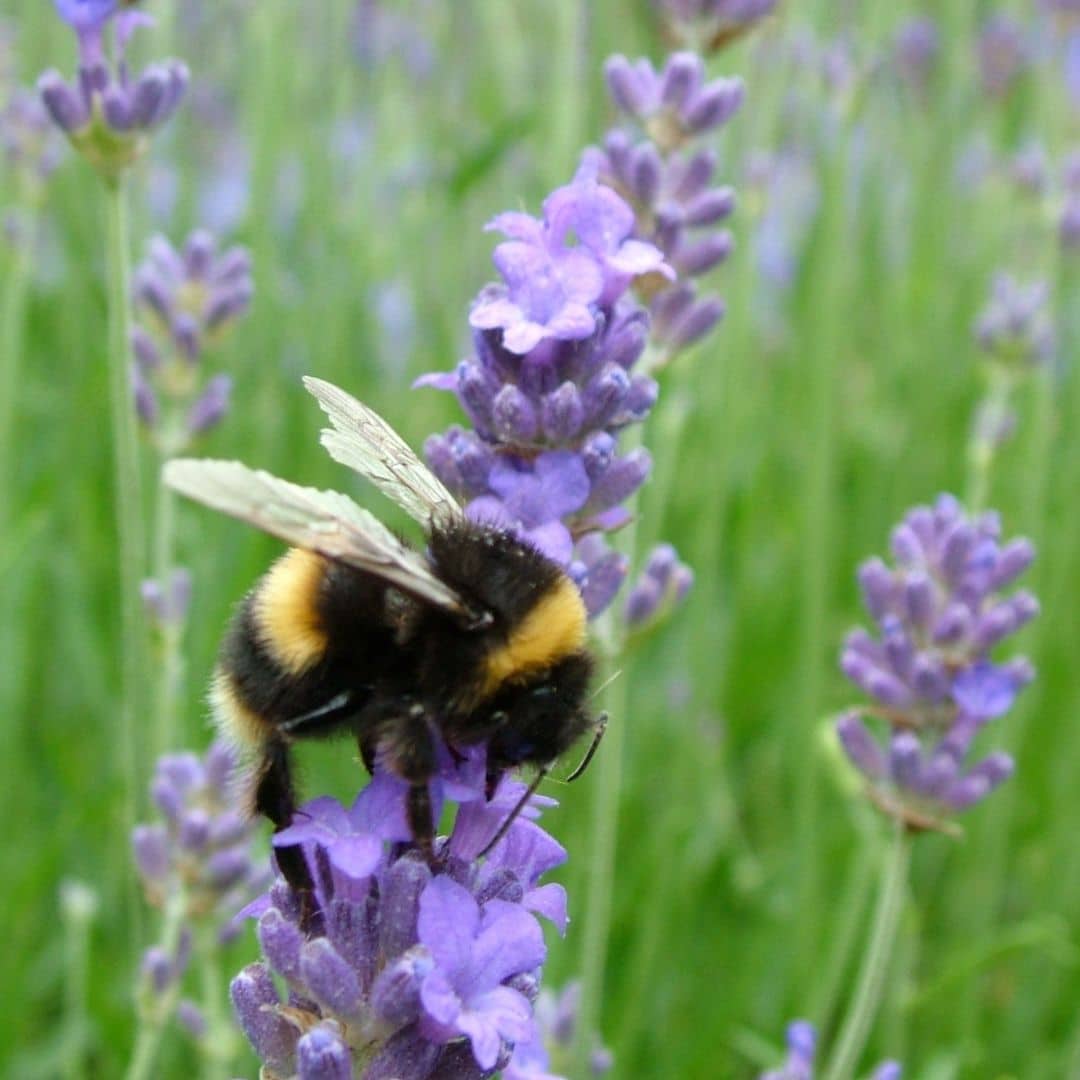
Lavender isn’t just popular with people. Bees and butterflies adore it too.
Lavender provides a crucial source of nectar, attracting pollinators that help your entire garden flourish.
A garden buzzing with life isn’t just charming; it’s a sign of a healthy ecosystem.
Pest Repellent
Surprisingly, while attracting beneficial insects, lavender also helps keep pests at bay.
Its scent deters mosquitoes, moths, fleas, and flies, making your garden more enjoyable without harsh chemicals.
Planting lavender near your patio or seating area creates a natural bug-free zone.
Easy Maintenance
Lavender is known for its resilience and low maintenance.
It’s drought-resistant and thrives in less-than-perfect soil, making it ideal for gardeners who love beauty without fuss.
You don’t need a green thumb to keep lavender thriving; it practically takes care of itself.
Year-Round Appeal
Beyond its blooming season, lavender provides year-round interest. Even after the flowers fade, its evergreen foliage remains attractive and fragrant.
In winter, the silver-gray foliage contrasts beautifully against frost or snow, giving your garden visual interest during the cold months.
Versatile Landscaping
Whether you’re going for a rustic cottage look, formal landscaping, or contemporary design, lavender fits right in.
It makes excellent hedges, borders, and edging plants, providing structure and definition in your landscape effortlessly.
Great for Small Spaces
If you have limited garden space, lavender is a fantastic choice.
It grows upright rather than sprawling, making it ideal for tight areas, containers, and balcony gardens.
Lavender offers big beauty even in tiny spaces.
Culinary Uses
Lavender isn’t just decorative—it’s delicious! Culinary lavender adds a sophisticated flavor to desserts, drinks, and savory dishes.
Imagine lavender-infused lemonade on a hot summer day or lavender shortbread cookies fresh from the oven.
Growing your lavender ensures it’s organic and safe for cooking.
Health Benefits
Beyond aromatherapy, lavender has notable medicinal properties. It’s anti-inflammatory, antiseptic, and even mildly analgesic.
Lavender can be used in homemade remedies, oils, teas, and balms, supporting overall wellness right from your garden.
It’s a Low-Maintenance Investment
Lavender plants last for years, offering outstanding value for minimal cost.
With basic care, lavender hedges can thrive for 10-15 years or even longer. Planting lavender once gives you many seasons of beauty and enjoyment.
Is Lavender Right for Your Garden?
Lavender loves sunlight and well-drained soil, so consider your garden’s conditions carefully.
If your space receives at least six hours of direct sunlight daily and has soil that drains well, lavender is perfect for you.
It struggles in overly wet or shady locations, so pick its spot wisely to ensure robust growth.
Caring for Lavender
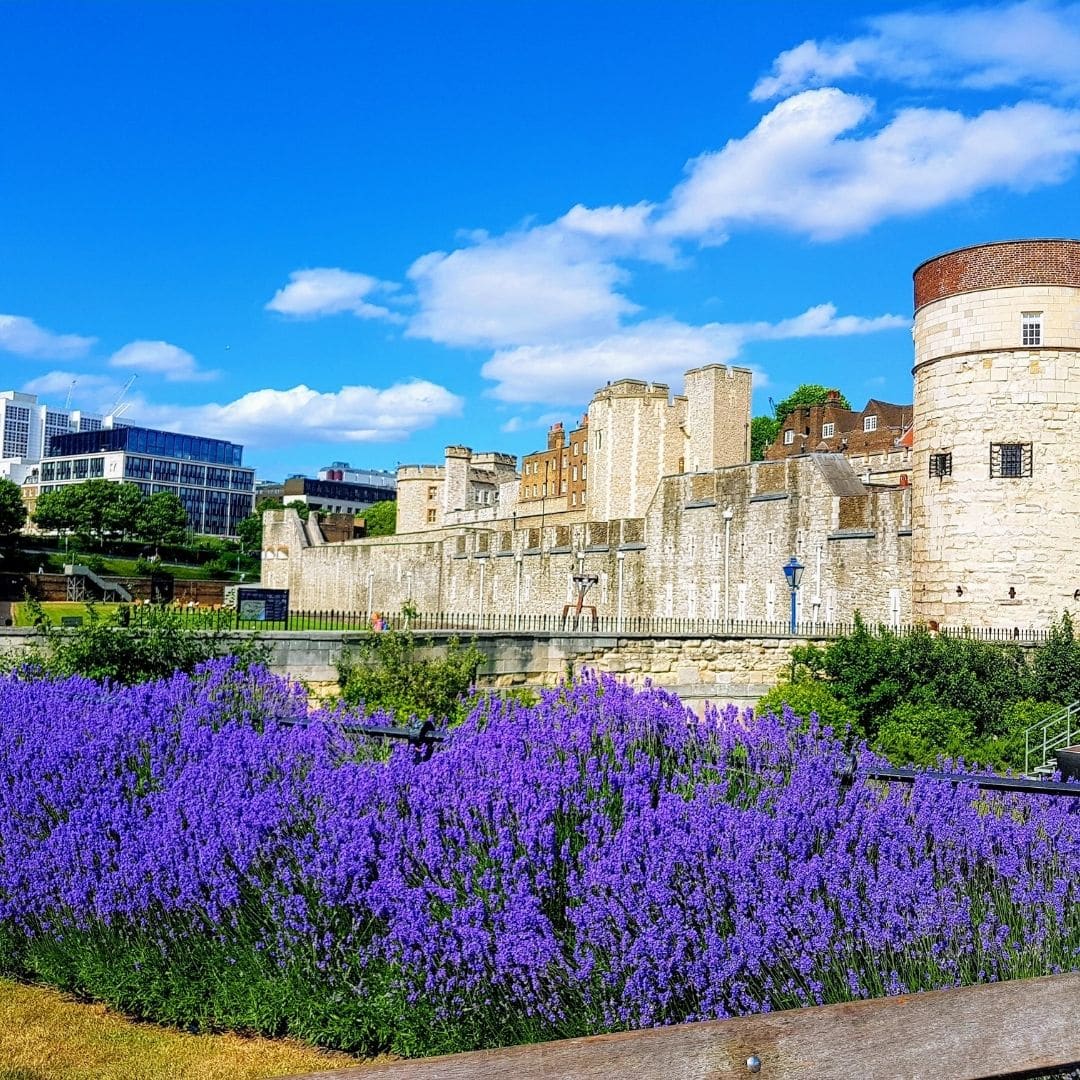
- Soil: Lavender prefers sandy or gravelly soil that’s neutral to slightly alkaline. Avoid heavy clay soils or overly rich compost.
- Watering: Water regularly when first planted. Once established, lavender needs minimal watering, thriving on neglect.
- Pruning: Trim lavender hedges annually after blooming to maintain shape and encourage healthy growth.
- Feeding: Minimal fertilizer is required. Overfeeding reduces fragrance potency, so let your lavender thrive naturally.
Lavender Companions
Lavender pairs beautifully with several garden favorites:
- Roses: Lavender repels pests that trouble roses, making them perfect garden companions.
- Echinacea (Coneflower): Shares drought-tolerant characteristics and offers complementary colors and textures.
- Salvia: Matches lavender’s hardiness and brings contrasting vibrant blooms to your garden.
- Thyme and Sage: Their similar care needs and aromatic qualities enhance lavender’s fragrance garden appeal.
Lavender hedges not only beautify your space; they also enhance your garden’s health, sustainability, and versatility. Why wait? Transform your garden into a lavender-scented oasis today!
